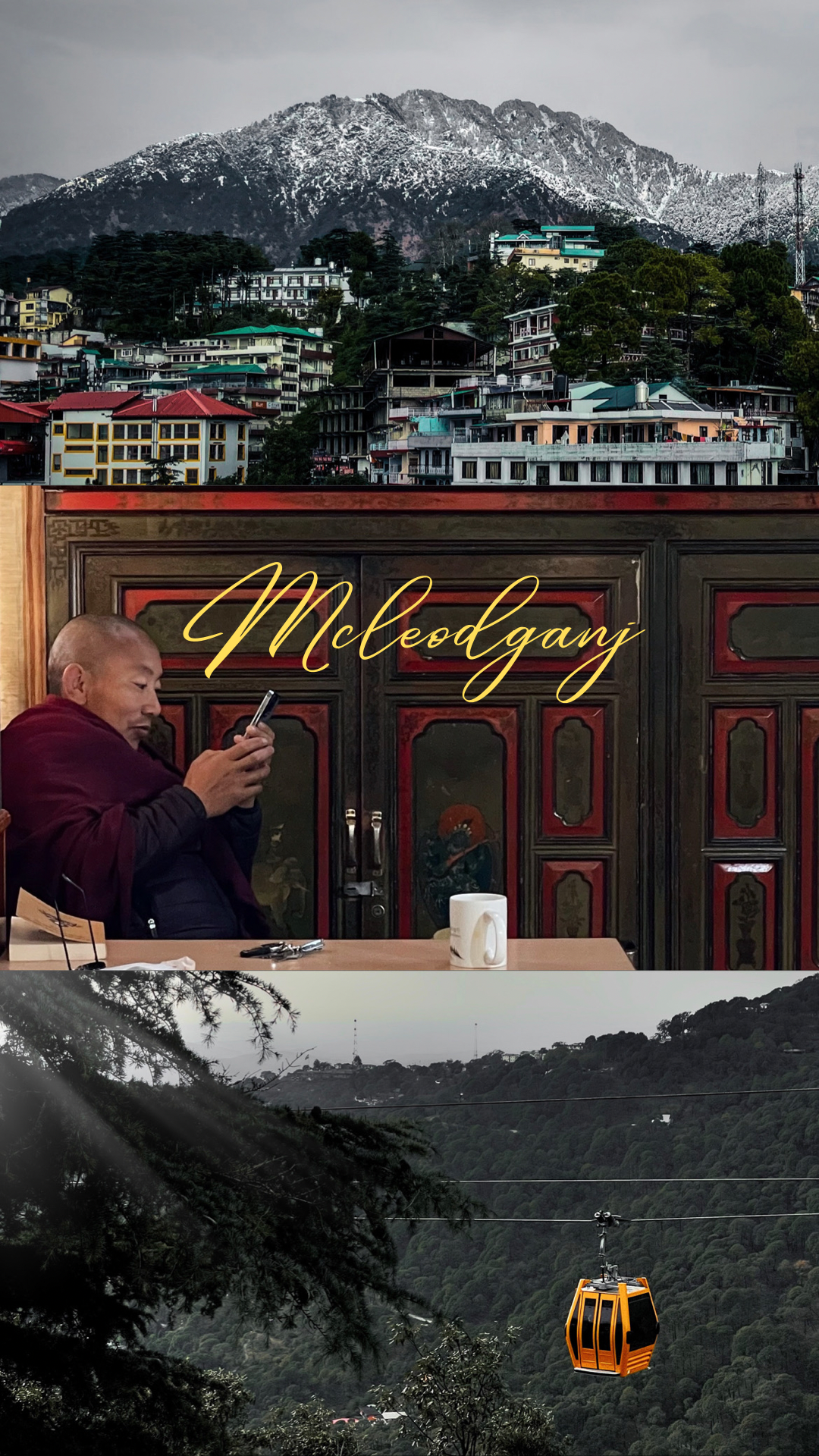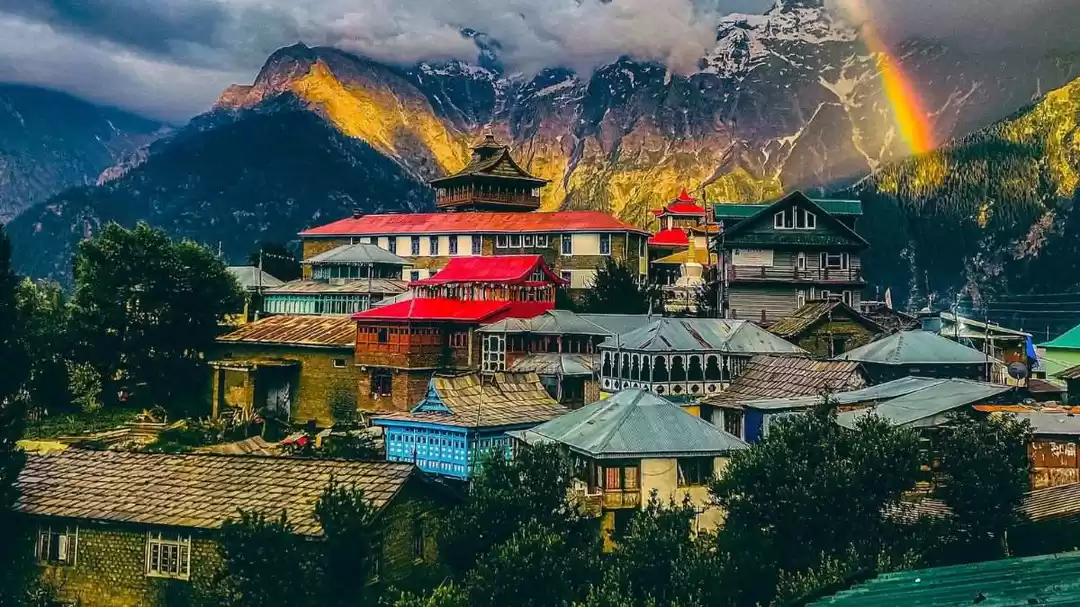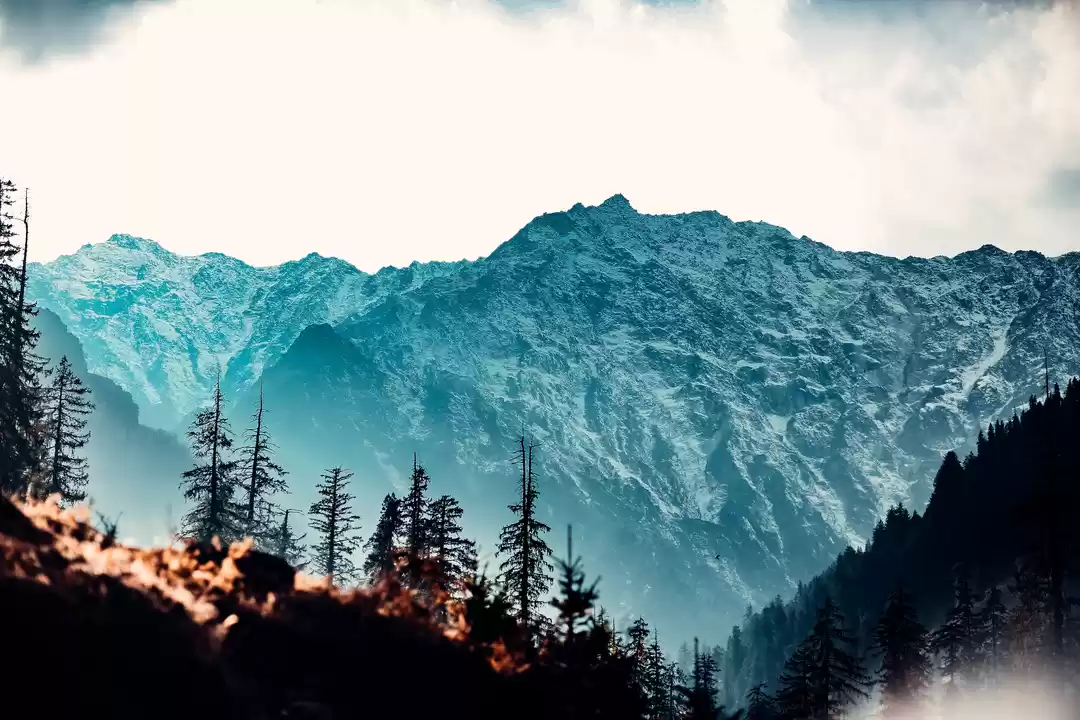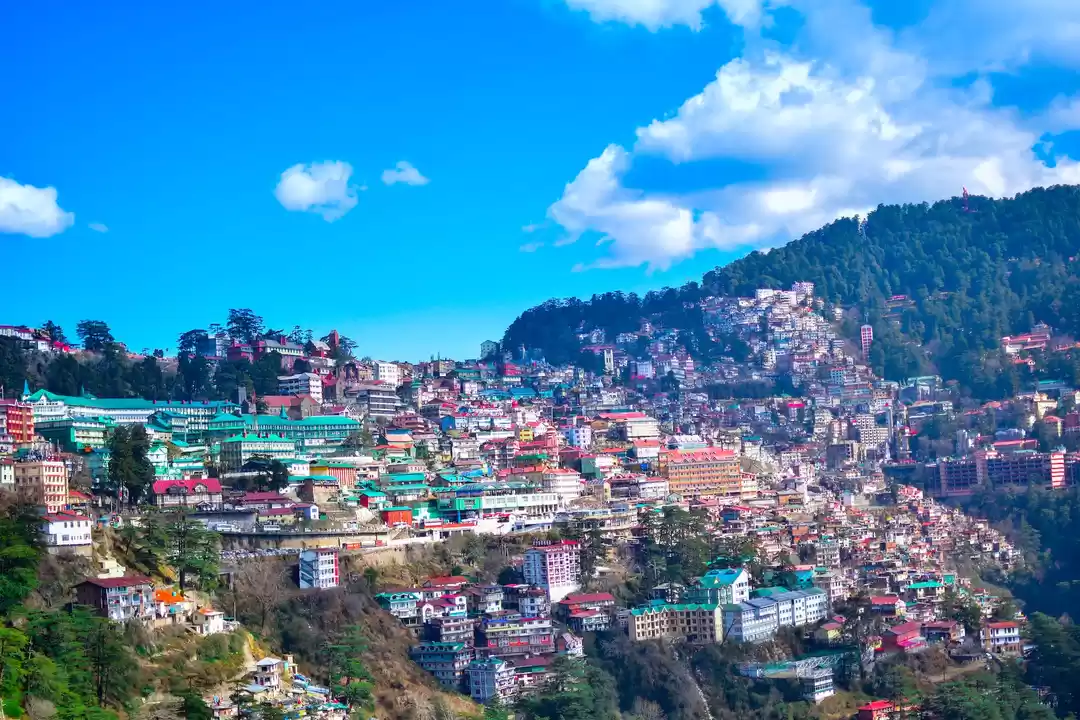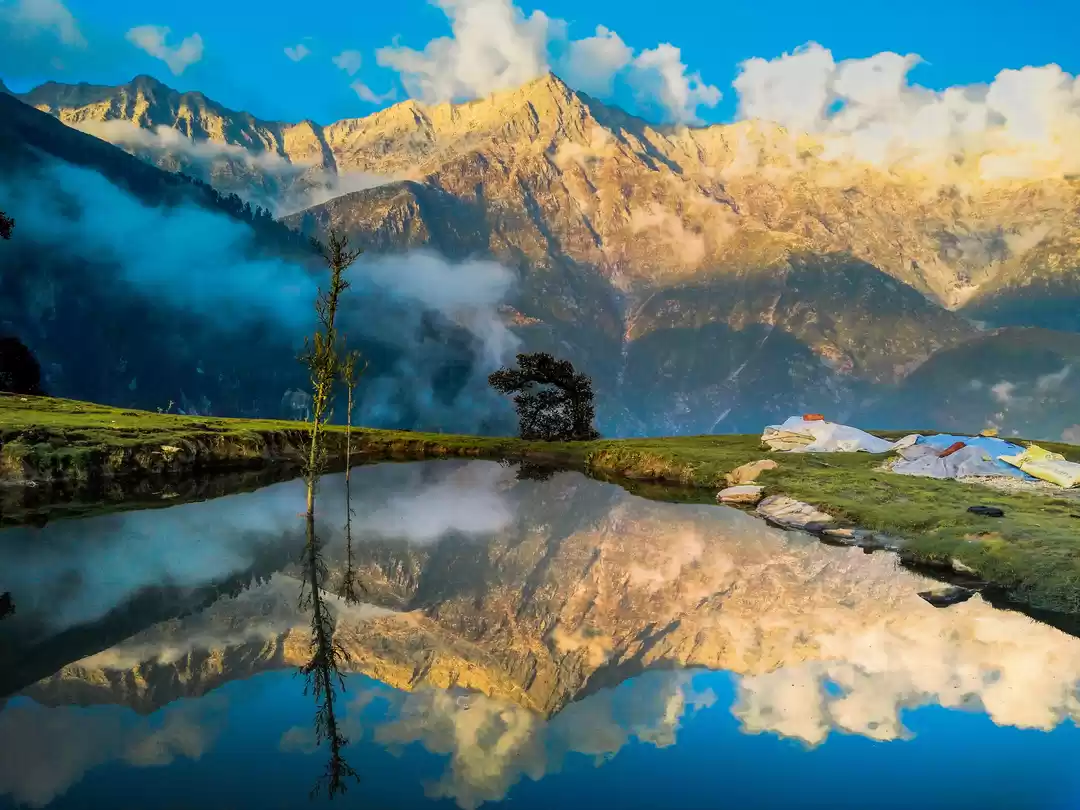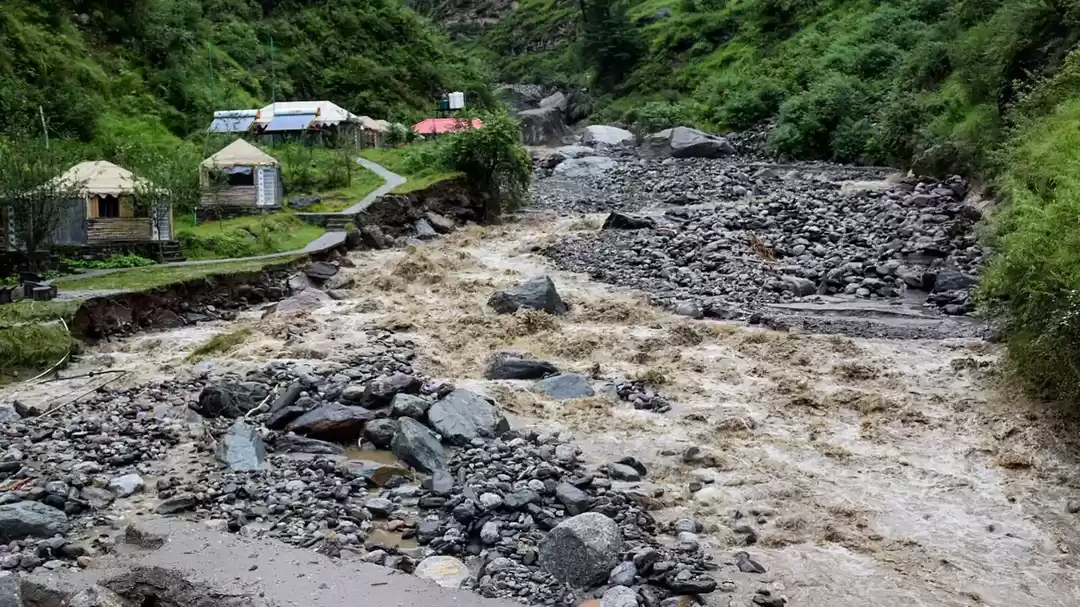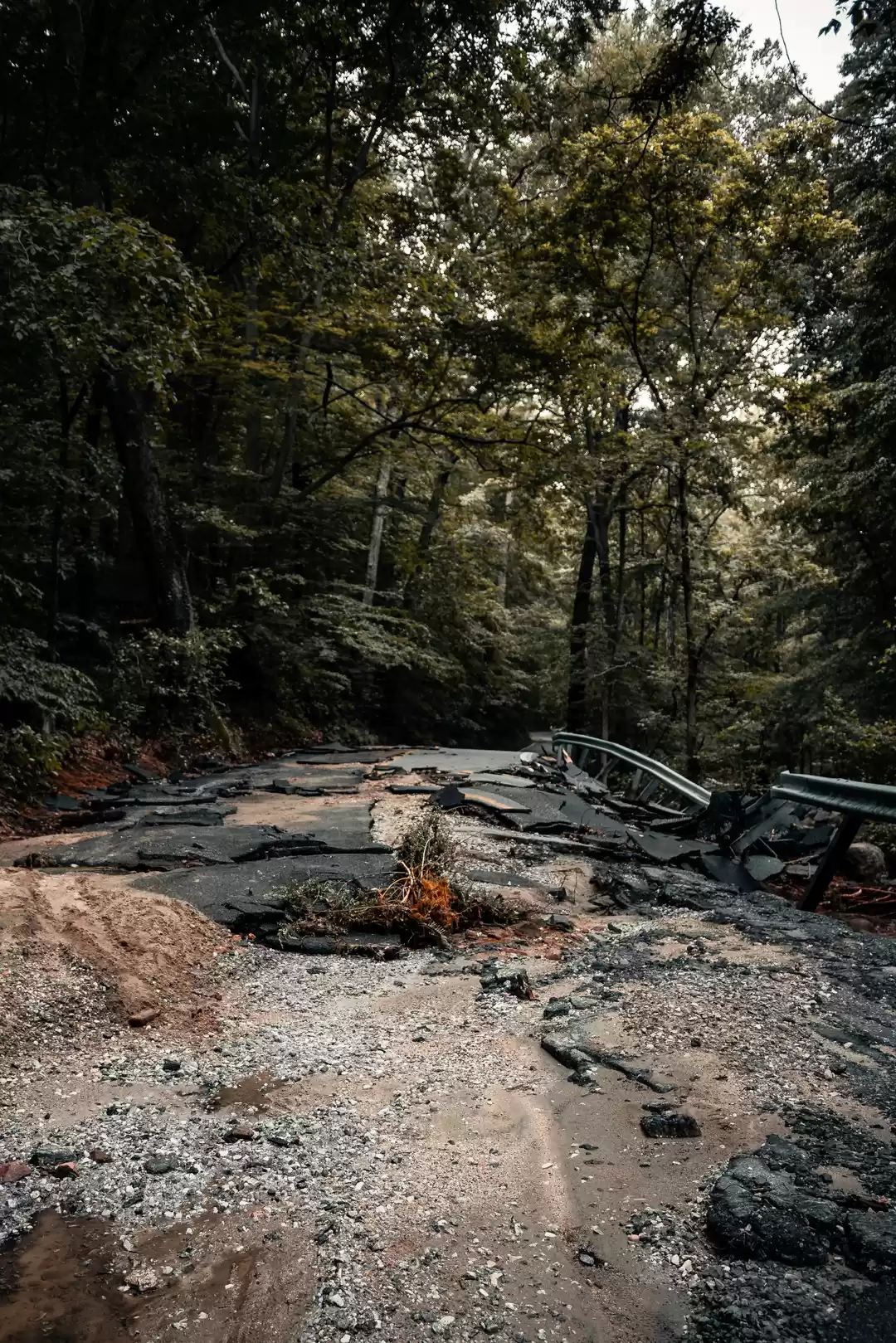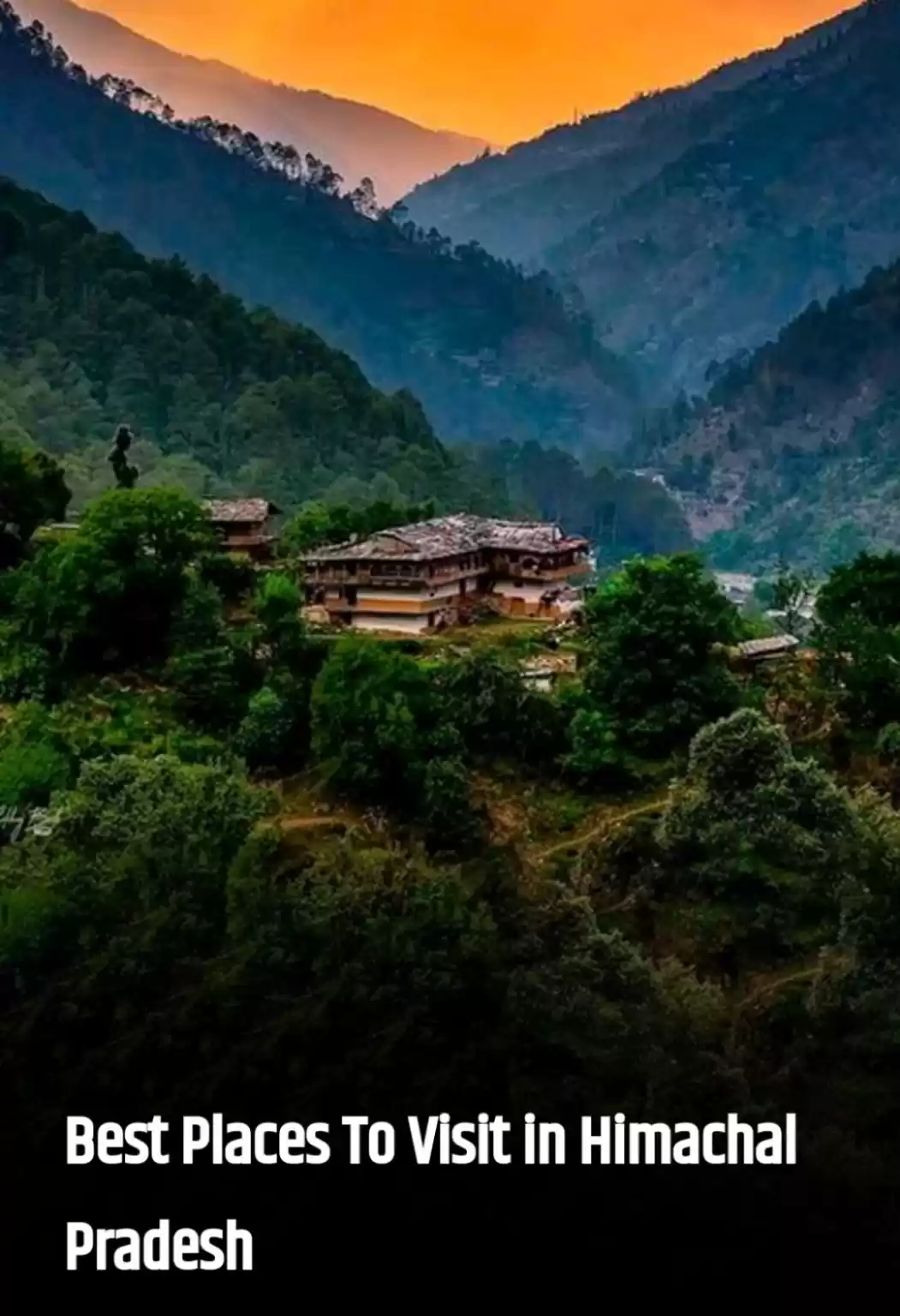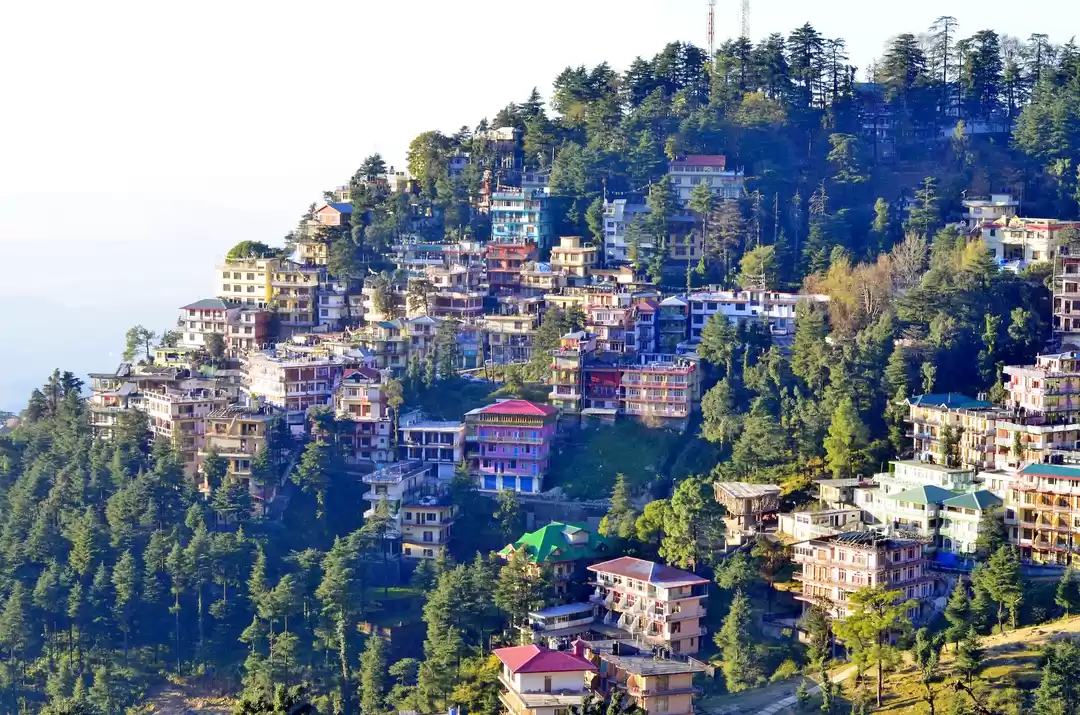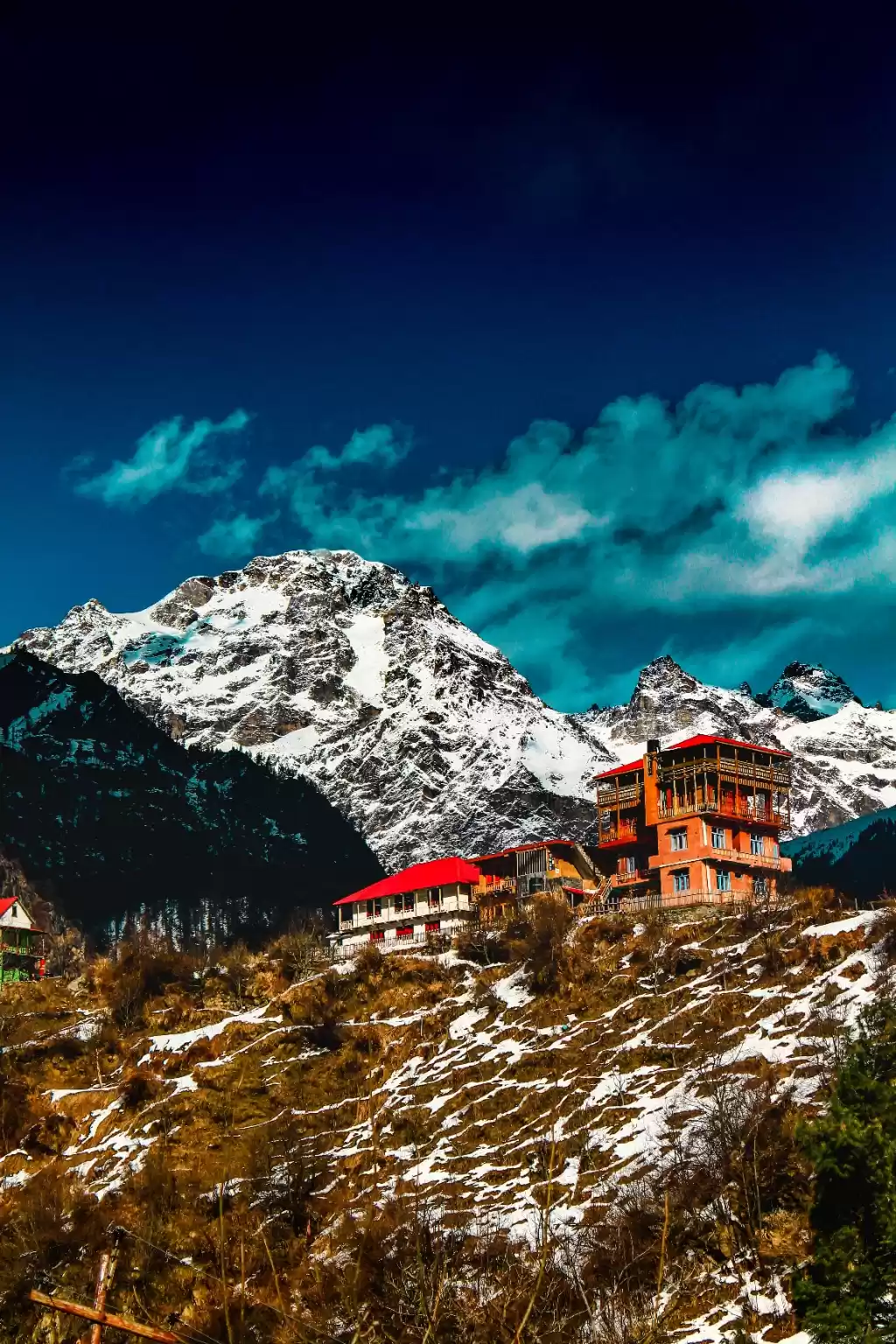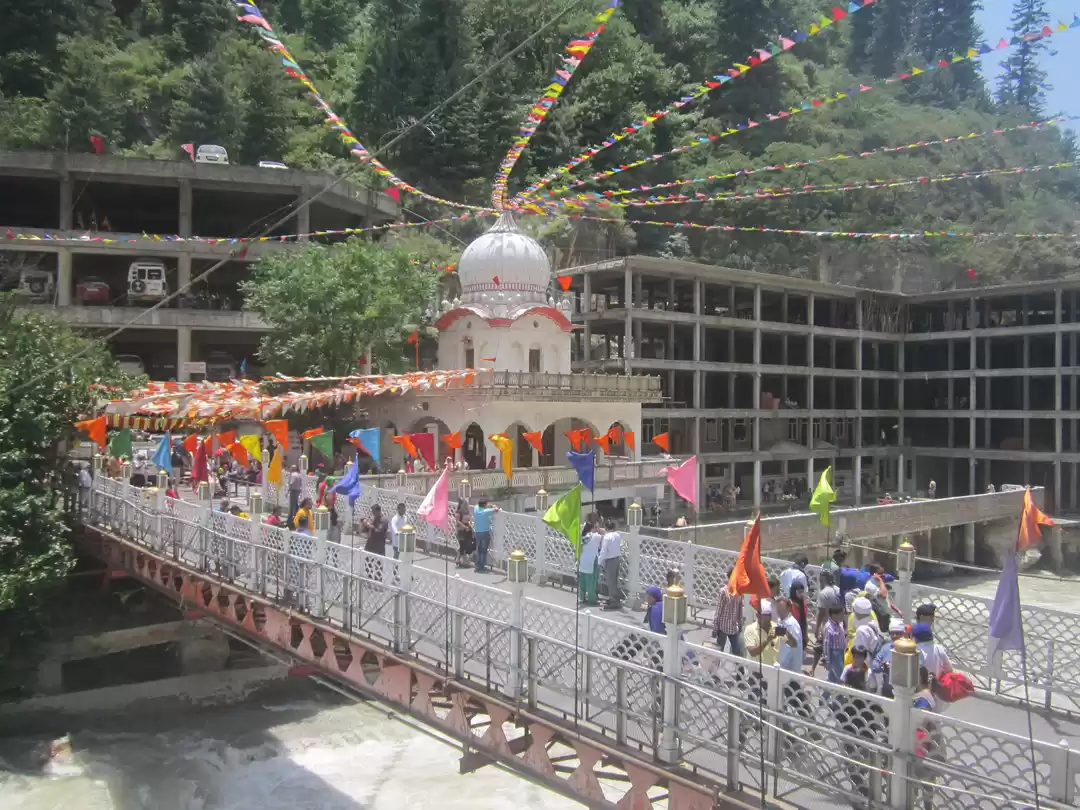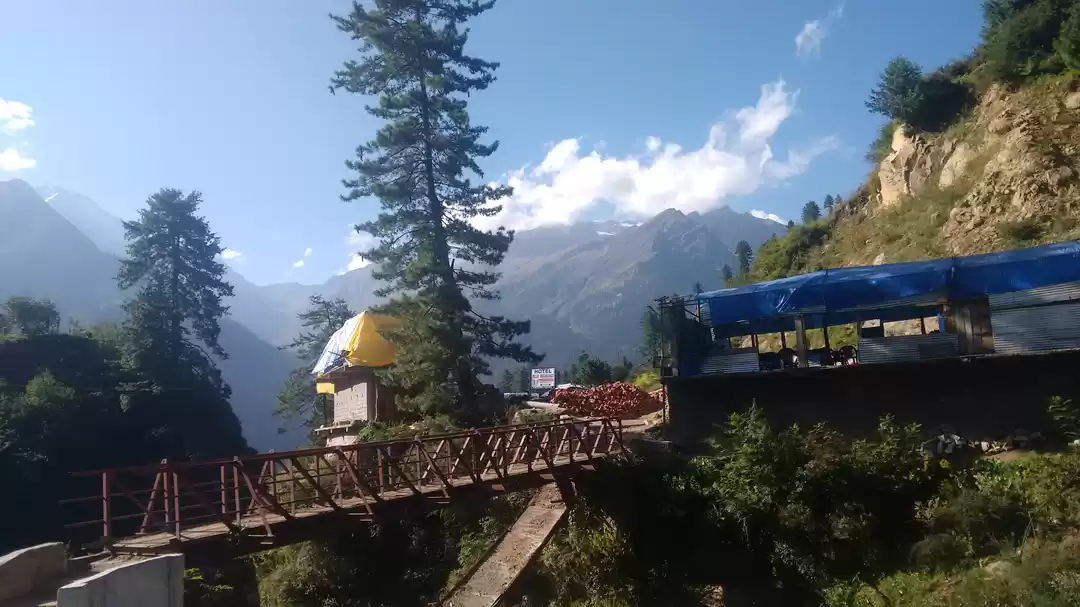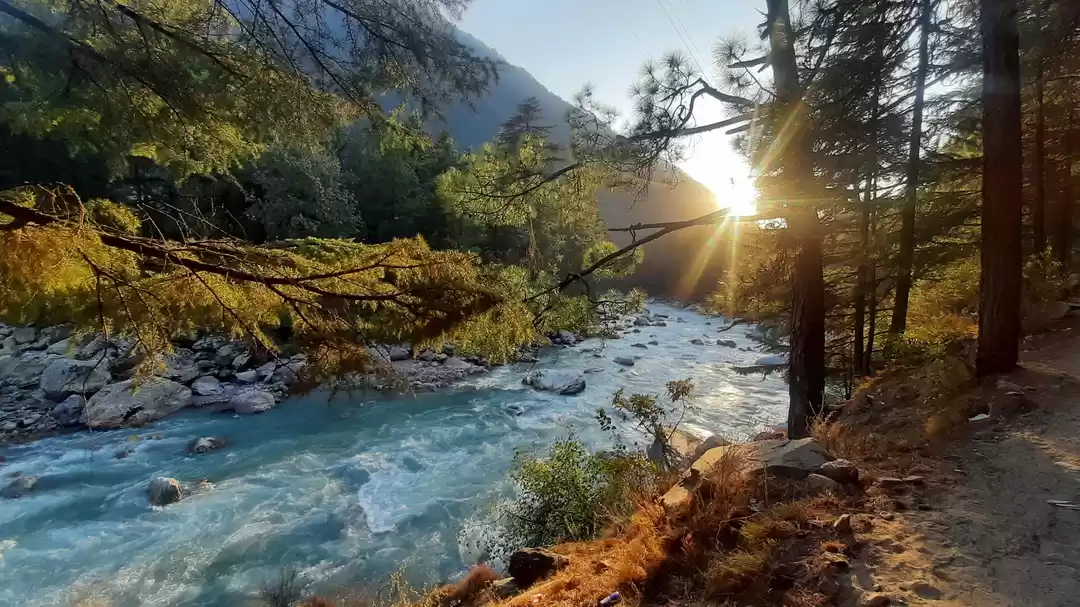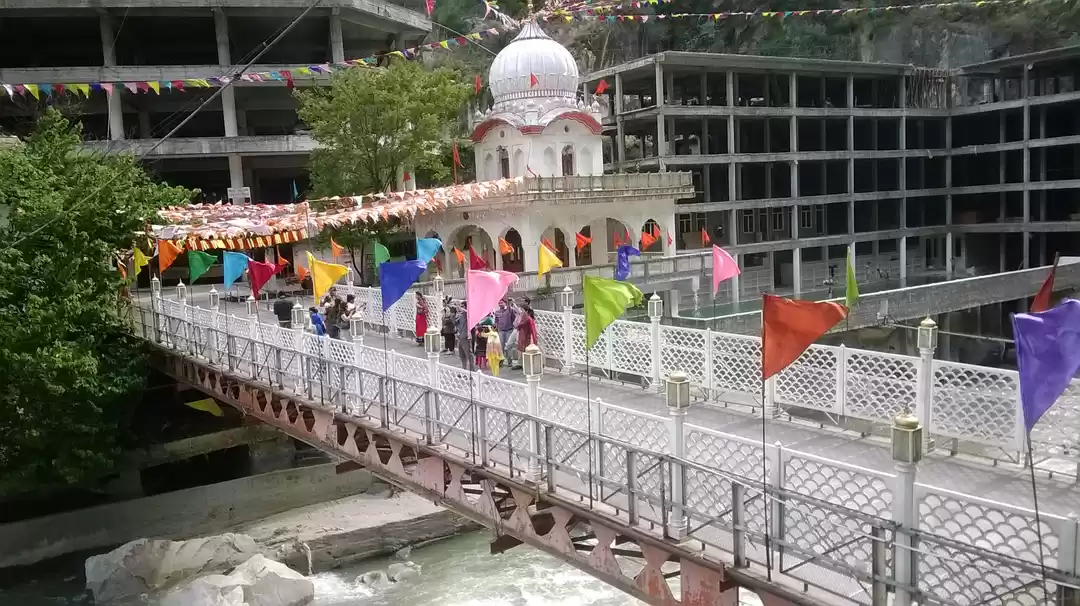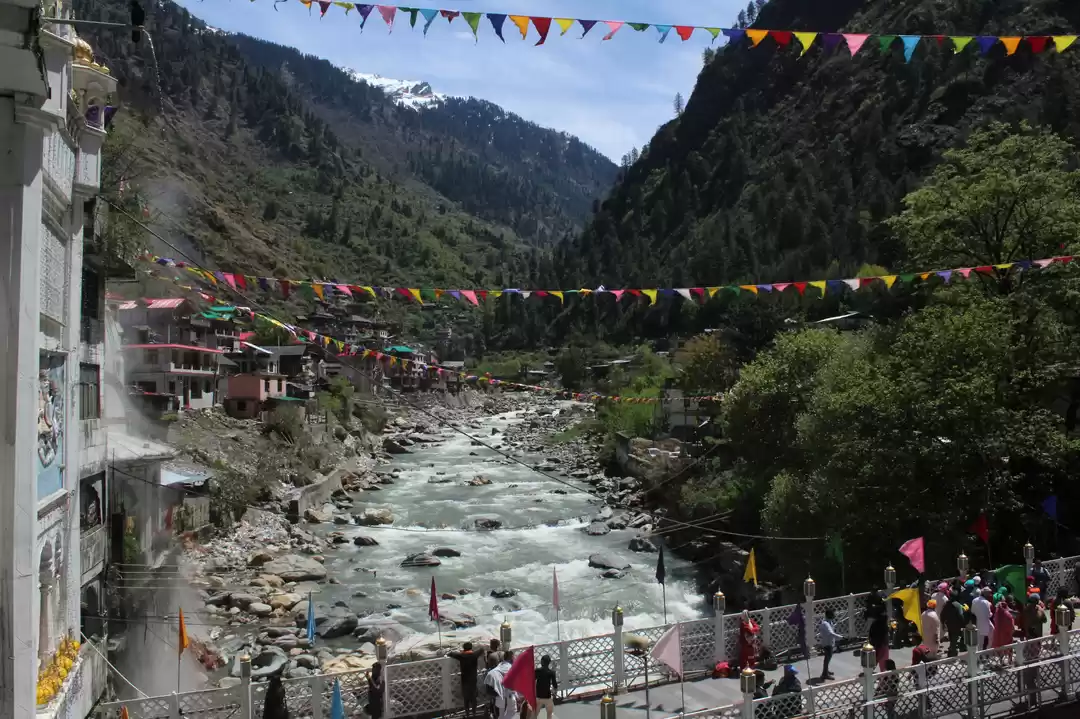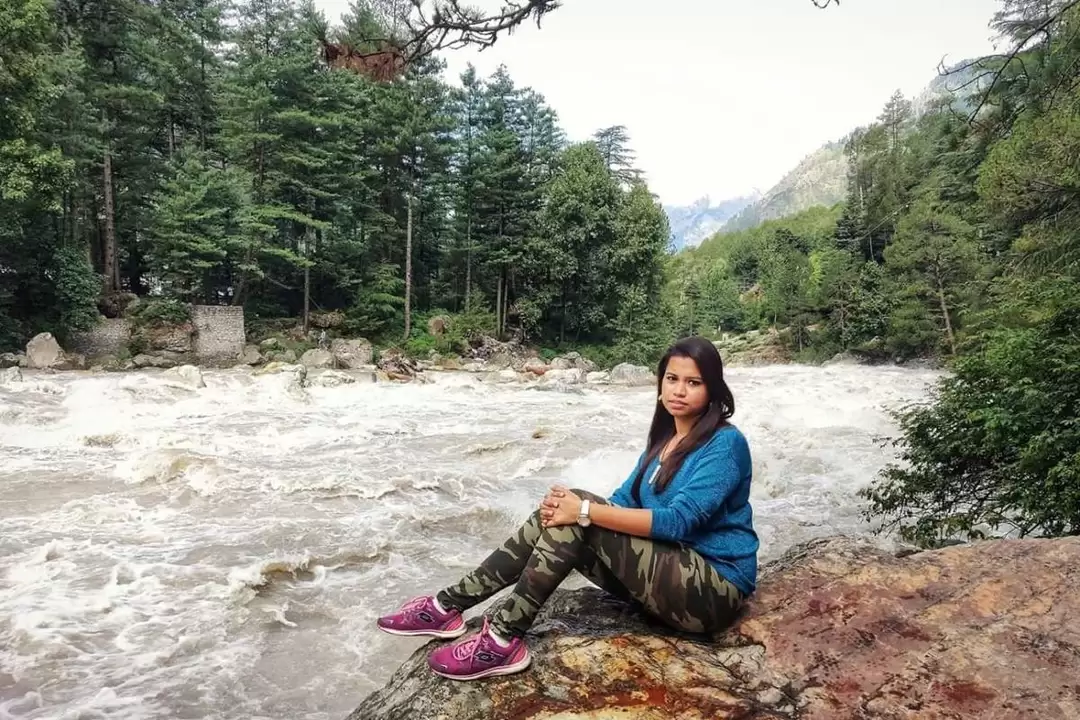
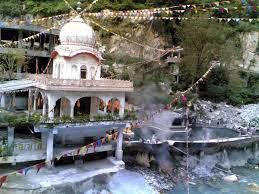
On reaching Kasol, the first thing that I wanted to do was to visit Manikaran temple-cum-gurdwara. Though it is popularly known as gurdwara, there is, in fact an ancient Shiva temple situated at the site adjoining the Sikh shrine.
Even the place ‘Manikaran’ and ‘Parvati’ (river and valley) have their roots in the mythological story that also explains the birth of this temple.
The word Manikaran (in Hindi) comprises two words – mani (gem) and karn (ear). So, it means a gem that is worn in the ear-ring. Goddess Parvati used to wear the gem before it fell into the river (known as parvati; named after her name). Lord Shiva and goddess Parvati used to stay where the temple is situated.
At Kasol bus stop, one can easily find a bus to Manikaran every half an hour. After four km long smooth journey, the bus drops you at Manikaran where one gets awed at a muti-storey gurdwara.
At the sole ATM kiosk in Kasol, it’s mentioned that the nearest ATM is located 4 kms in Manikaran, that’s how I learnt the distance between Manikaran and Kasol’s piazza.
Manikaran is not a typical gurdwara such as the one you find elsewhere. It is far more magnificent and grandeur than the others. Also, unlike other religious shrines, this place, on entering, doesn’t transport you away from the milieu of region's surroundings.
For instance, the snow-capped hills and Parvati River that comprise the area’s beauty don’t turn out of sight even after entering the gurdwara’s premises.
On the other hand, the beauty of this place gets accentuated inside the shrine.
Initially one has to walk down a flight of stairs to reach the entrance of gurdwara. Moving further, one crosses a bridge over Parvati River (yes, inside the gurdwara), the strong waves – that seem frothy from a distance – can be seen banging onto the boulders.
The tranquillity of the area is so splendid that you veritably feel awe-inspired. The flow of river is quite fierce and somewhat analogous to a cresting wave that manifests its fury during the high sea. While I was walking towards the sanctum sanctorum of gurdwara, I was overwhelmed with the natural beauty so much so that I couldn’t step further at least for 15 minutes since I wanted to soak in the place’s beauty in entirety before prodding ahead.
Fifteen minutes and a few steps later as I entered the bhawan where religious discourse was taking place, what really caught my eye was that the gurdwara's bhawan carries the framed photographs of various Hindu gods and goddesses such as lord Shiva, lord Hanuman et al.
After covering my head, I took some prasad (lip-smacking ghee-dripping halwa) and sat peacefully to listen to shabad. It was profoundly comforting to just sit there and lending an ear to the sermon.
The place is a symbol of religious harmony as there is a temple adjacent to gurdwara within the same complex.
The lord Shiva temple, however, is relatively quite small but still, it draws scores of tourists and devotees.
What is extremely jaw dropping is that boiling hot water flows across the valley and the legend has it that if you take a bath in the water, all your sins get washed away.
The gurdwara has even a pond that is filled with the same hot water and most of the devotees customarily take a dip in the water, or at least wash their hands and face, before entering the sanctum sanctorum.
Even in the adjoining temple, there is a water reservoir filled with the same hot water that can be seen (and ‘felt’ too if you exhibit some daredevilry) boiling and one can develop burn injuries if someone immerses a body part into it.
It is interesting to note that the prasad that one gets from the temple is actually the raw rice cooked for 10 minutes in the boiling water of the reservoir before they turn edible.
So, on entering, you can buy a small packet of cloth-wrapped rice. You can hang the packet with the help of an adjoining rope into the boiling water. After 5-10 minutes, you can take it out and the freshly-cooked rice would be ready as prasad.
The story that explains the genesis of burning hot water in the surrounding of snow-capped mountains is very interesting. The legend has it that the lord Shiva and Parvati Devi used to stay in this valley for hundreds of years. Once her ear ring fell into the river and she couldn’t trace it. Lord Shiva went to find it and on repeated attempts when he failed to find it, he summoned Sheshnag to fetch it. Later while searching for it, Sheshnag dug into the river surface so ferociously that ground under the river developed cracks and hot water started oozing out from the earth’s crust similar to the lava that comes out of a volcano.
You may also like to read: gurudwara near me
Later, out of anger, when the ear ring couldn’t be fetched, Lord Shiva damned the valley and all precious gems in the river turned into stones. The only stone that didn’t become stone was the gem that the deity was looking for.
It is believed that the boulders in the river that we see now were, in fact, gems before lord Shiva damned the river.
PS: Please don’t tout reference to any god or any religion in the article as 'pejorative' or 'blasphemous' since this was not the writer's intent at all. Not even remotely, the piece aims to denigrate any faith covertly or overtly. If it erroneously did, I sincerely apologise. Om Shanti Om. Wahe Guru.













